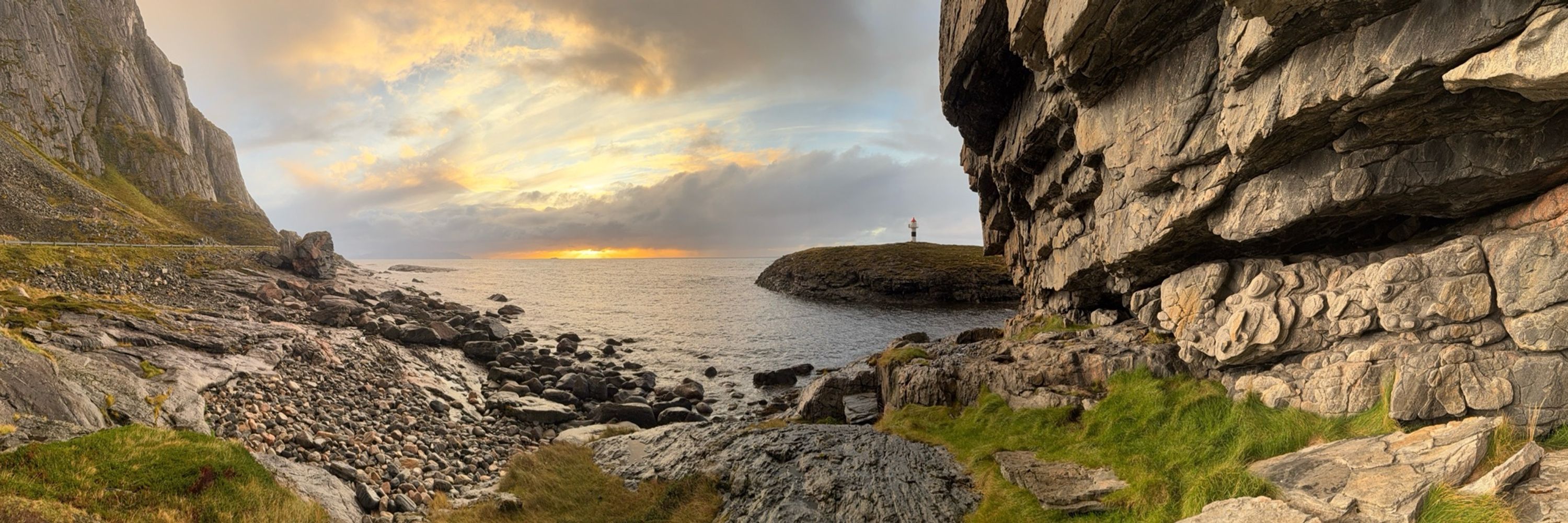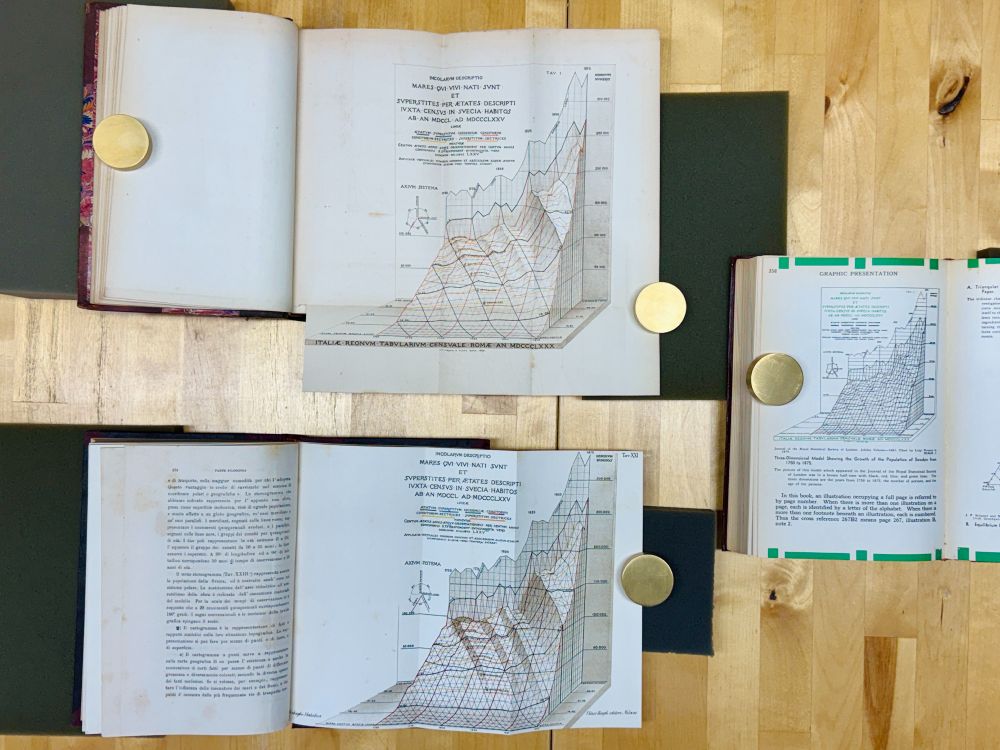
Here's one of my greatest hits (now that Bluesky supports videos!): The Earth's submarine fiber optic cable network, visualized in #RStats with #rayrender.
#rayshader adventures, an #rstats tale

#rayshader adventures, an #rstats tale

Code: github.com/rajodm/30Day...
#30DayMapChallenge #dataviz #rstats #rayshader

Code: github.com/rajodm/30Day...
#30DayMapChallenge #dataviz #rstats #rayshader

#rayrender adventures, an #rstats tale
#rayrender adventures, an #rstats tale

*out of 1
*out of 1
#rayshader adventures, an #rstats tale

#rayshader adventures, an #rstats tale
#rayshader adventures, an #rstats tale

#rayshader adventures, an #rstats tale

www.youtube.com/watch?v=OW4L...

www.youtube.com/watch?v=OW4L...

Rhode Island Hillshade
I am a day or two behind now. I finally got #Rayshader installed; it was a whole ordeal. This map is nothing crazy. Just a hillshade of Rhode Island that I annotated in #AffinityDesigner.
#30DayMapChallenge

Rhode Island Hillshade
I am a day or two behind now. I finally got #Rayshader installed; it was a whole ordeal. This map is nothing crazy. Just a hillshade of Rhode Island that I annotated in #AffinityDesigner.
#30DayMapChallenge
#rayshader adventures, an #rstats tale

#rayshader adventures, an #rstats tale

Day 18: Out Of This World
Render a 3D map of Olympus Mons on Mars using elevation data
by Ignacio Urria Yáñez.
#GeoData #rstats #DataViz #Maps #SpatialViz


Day 18: Out Of This World
Render a 3D map of Olympus Mons on Mars using elevation data
by Ignacio Urria Yáñez.
#GeoData #rstats #DataViz #Maps #SpatialViz
Day 17: A new tool
Played around with #rayshader to look at Mont Rainier (Washington).

Day 17: A new tool
Played around with #rayshader to look at Mont Rainier (Washington).
#RStats

#RStats
#RStats
#RStats


#RStats #rayshader
#RStats #rayshader


